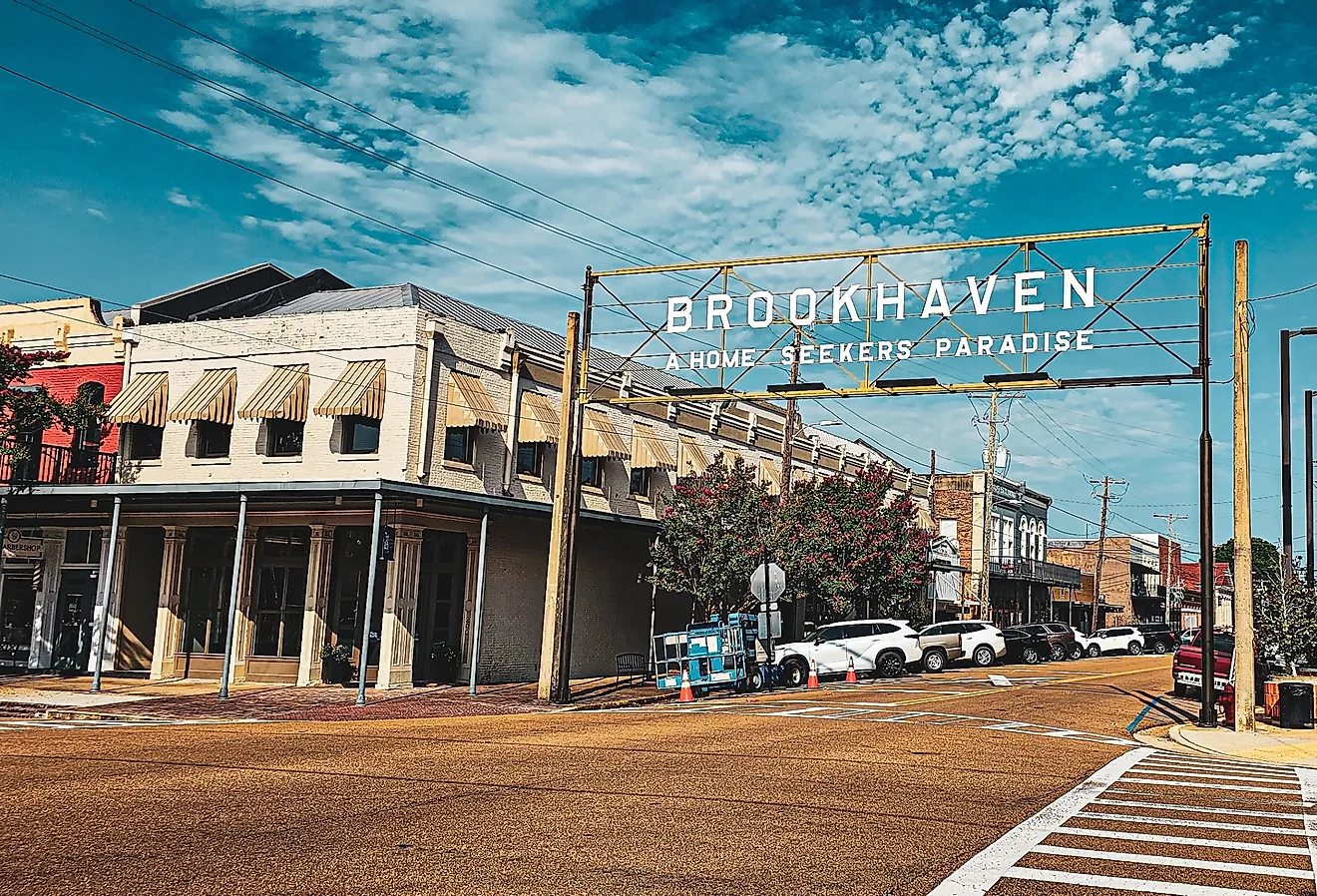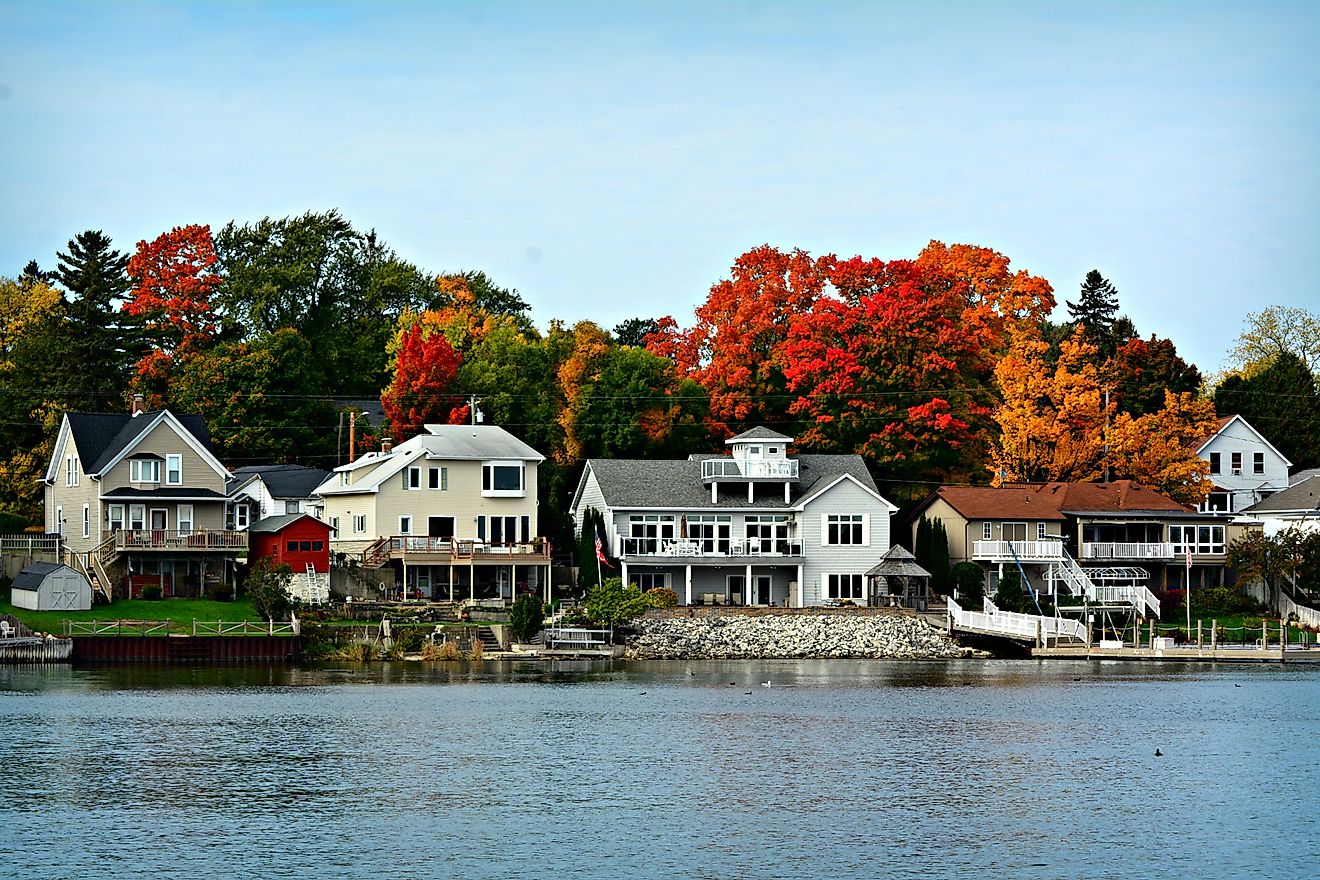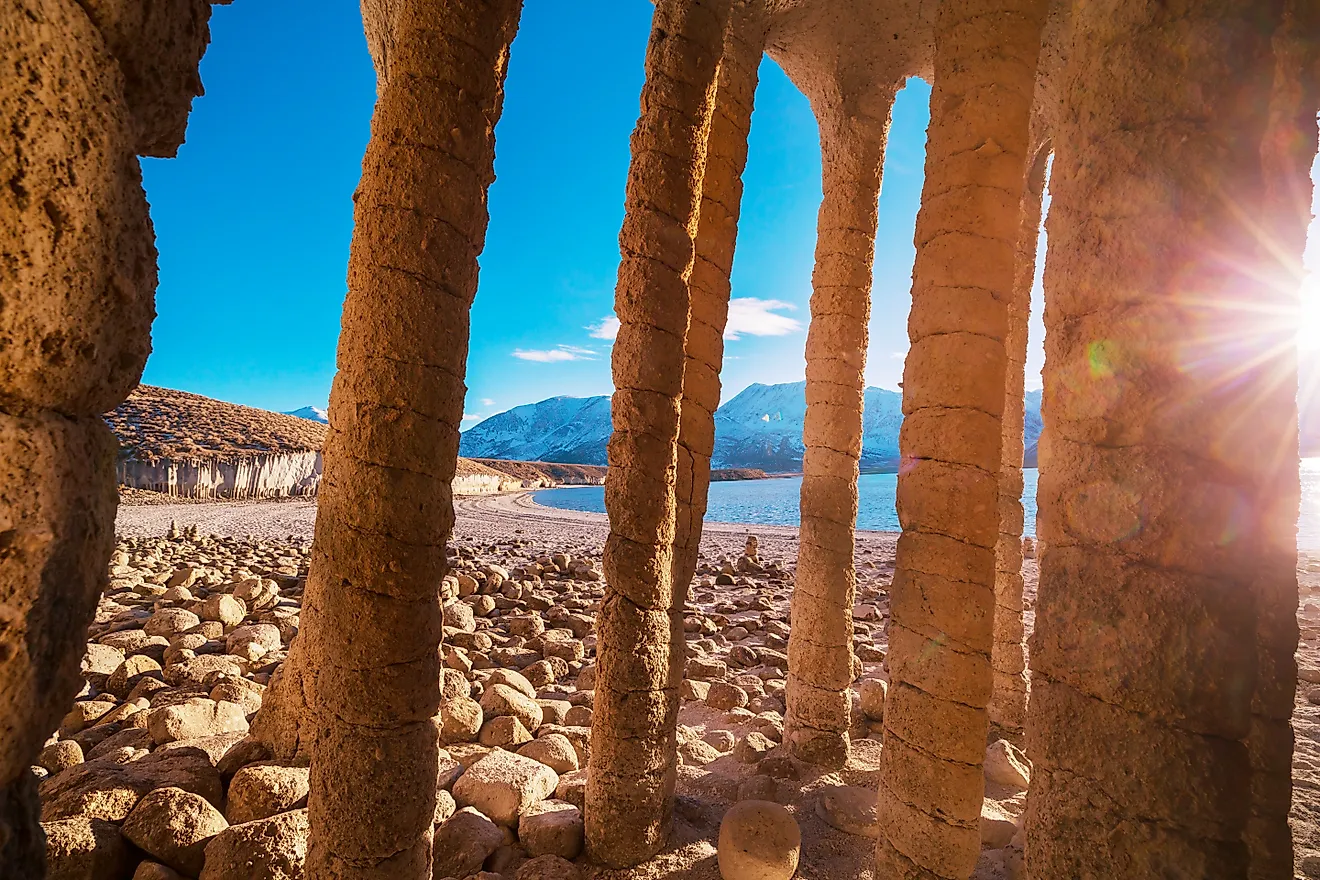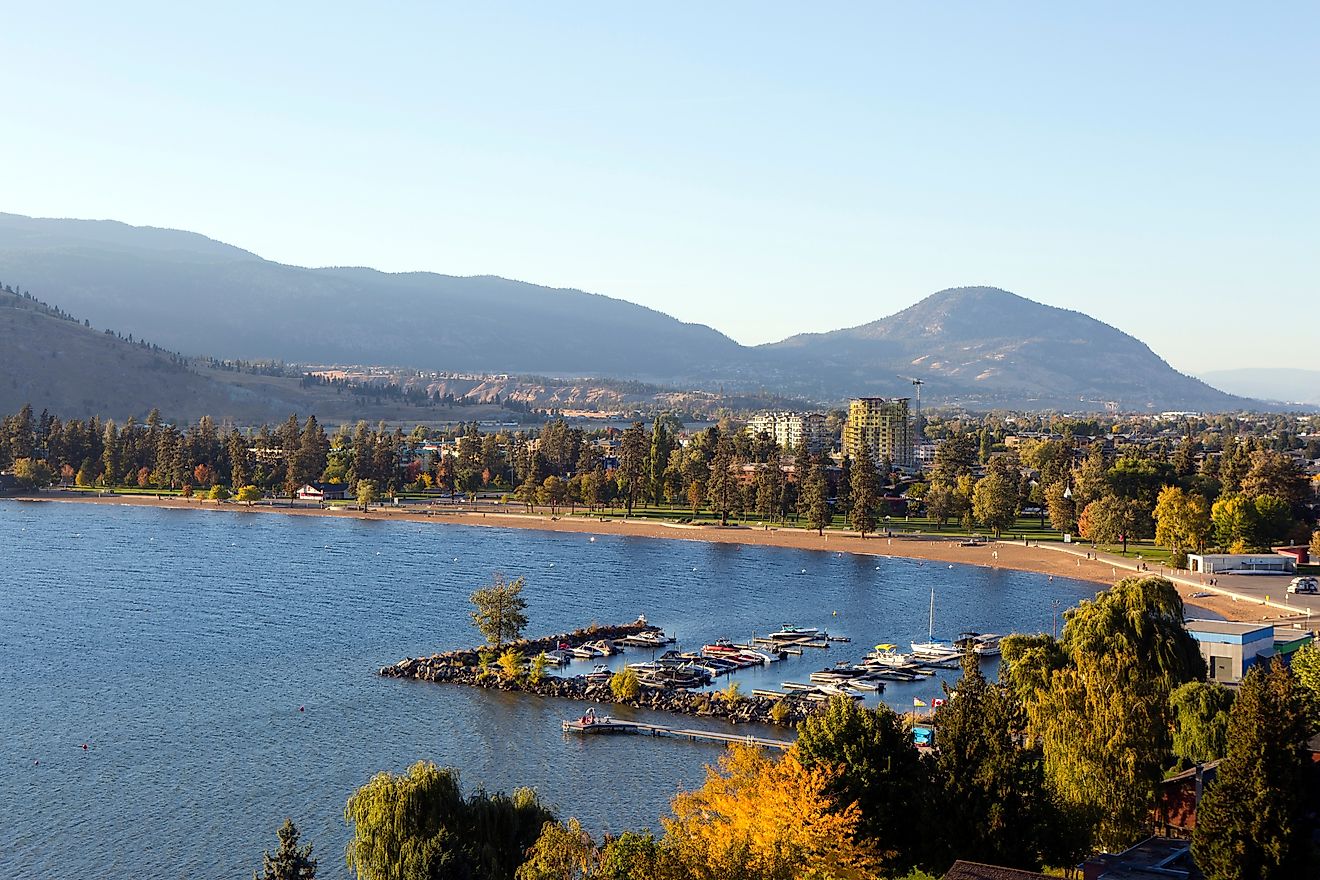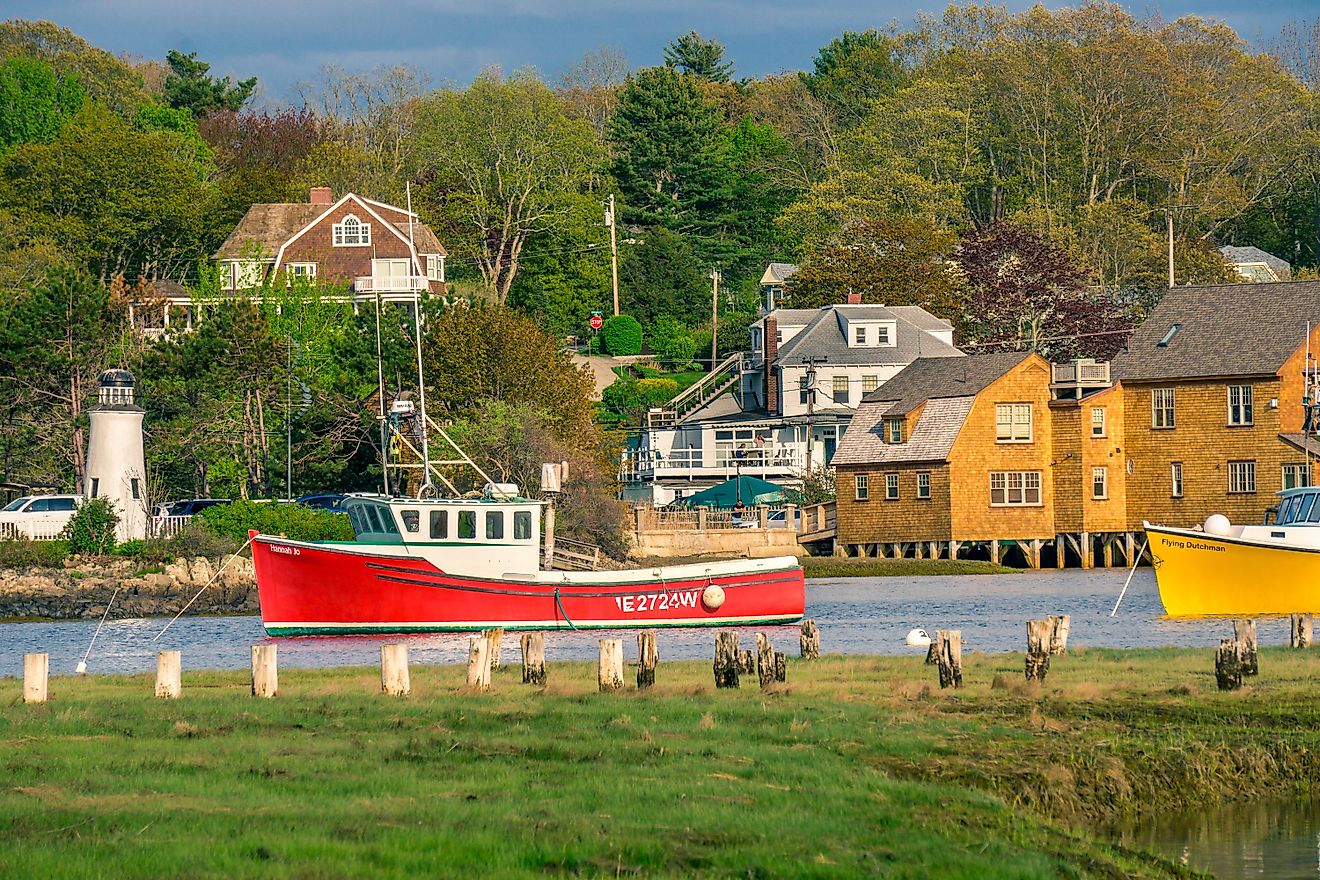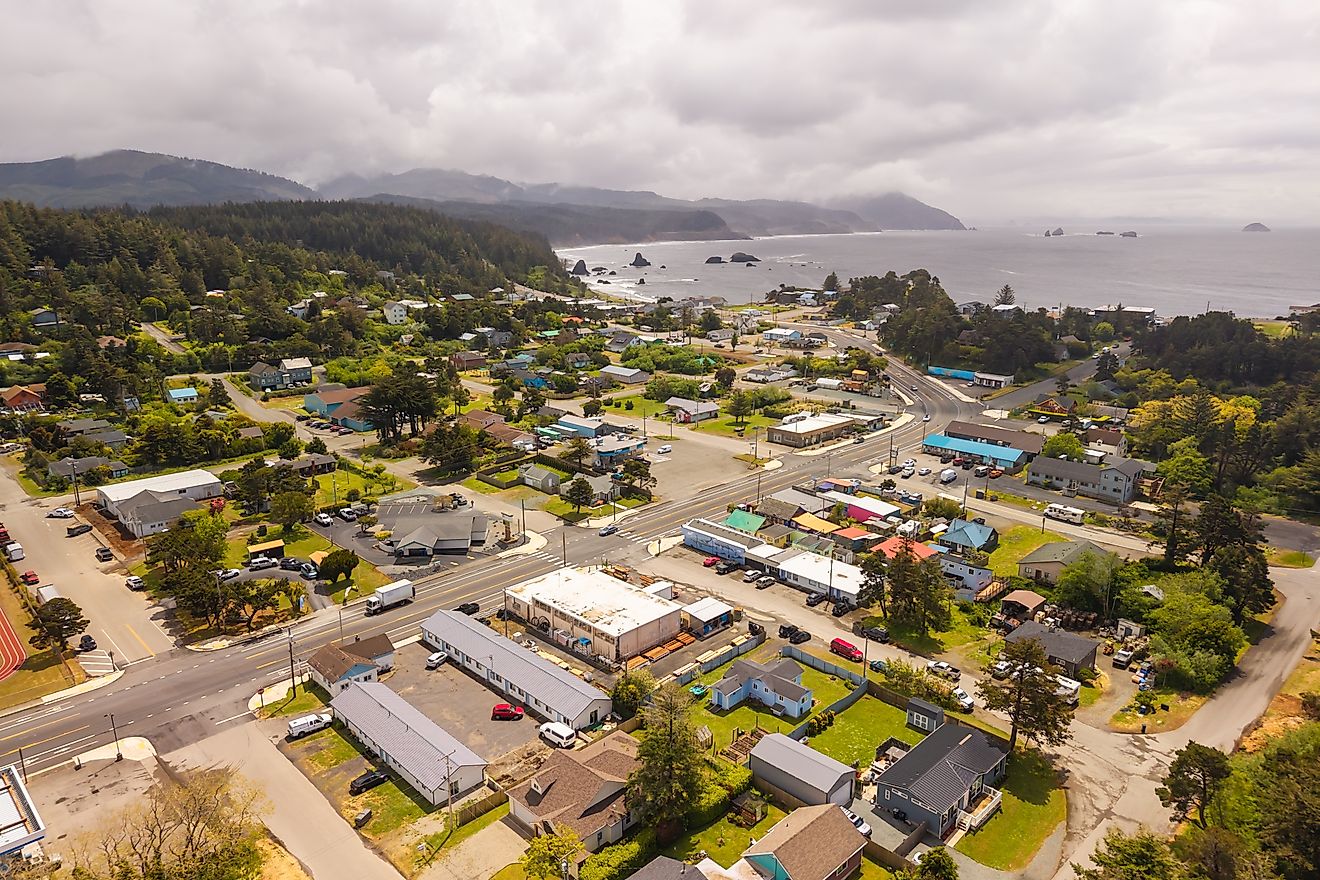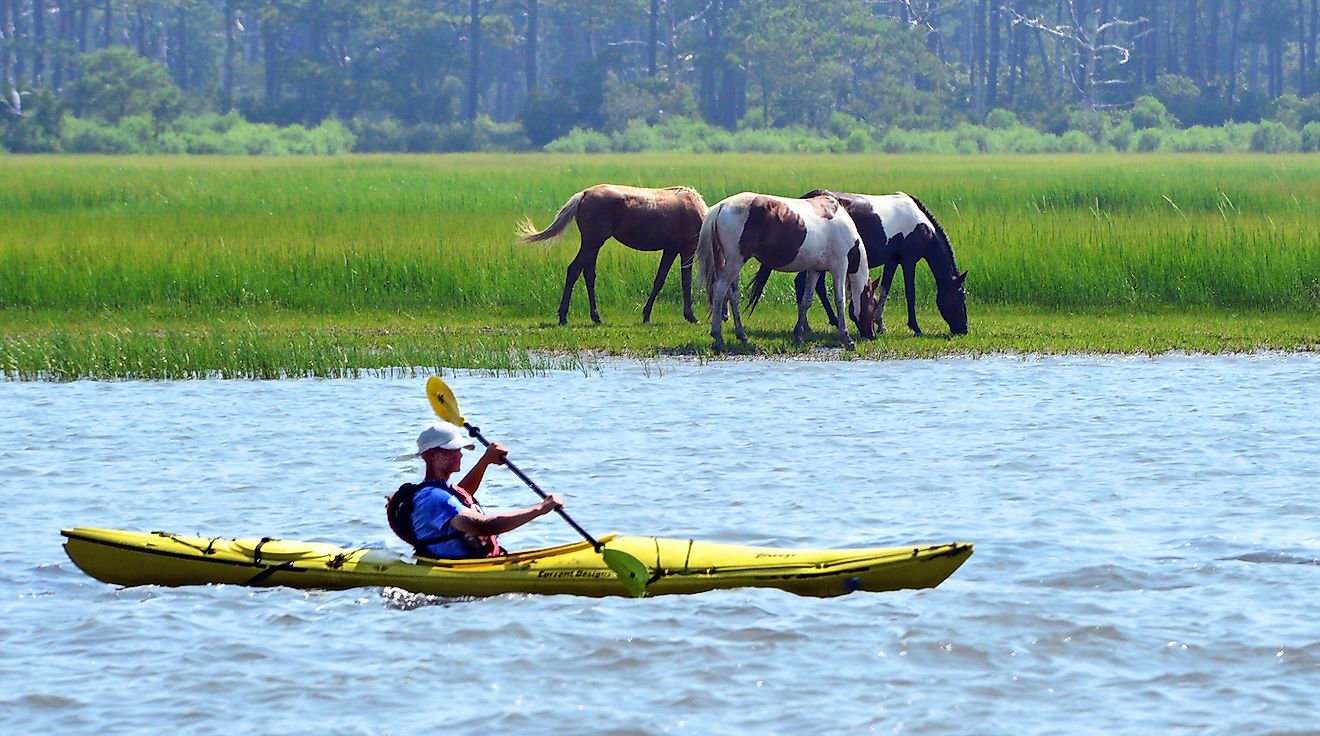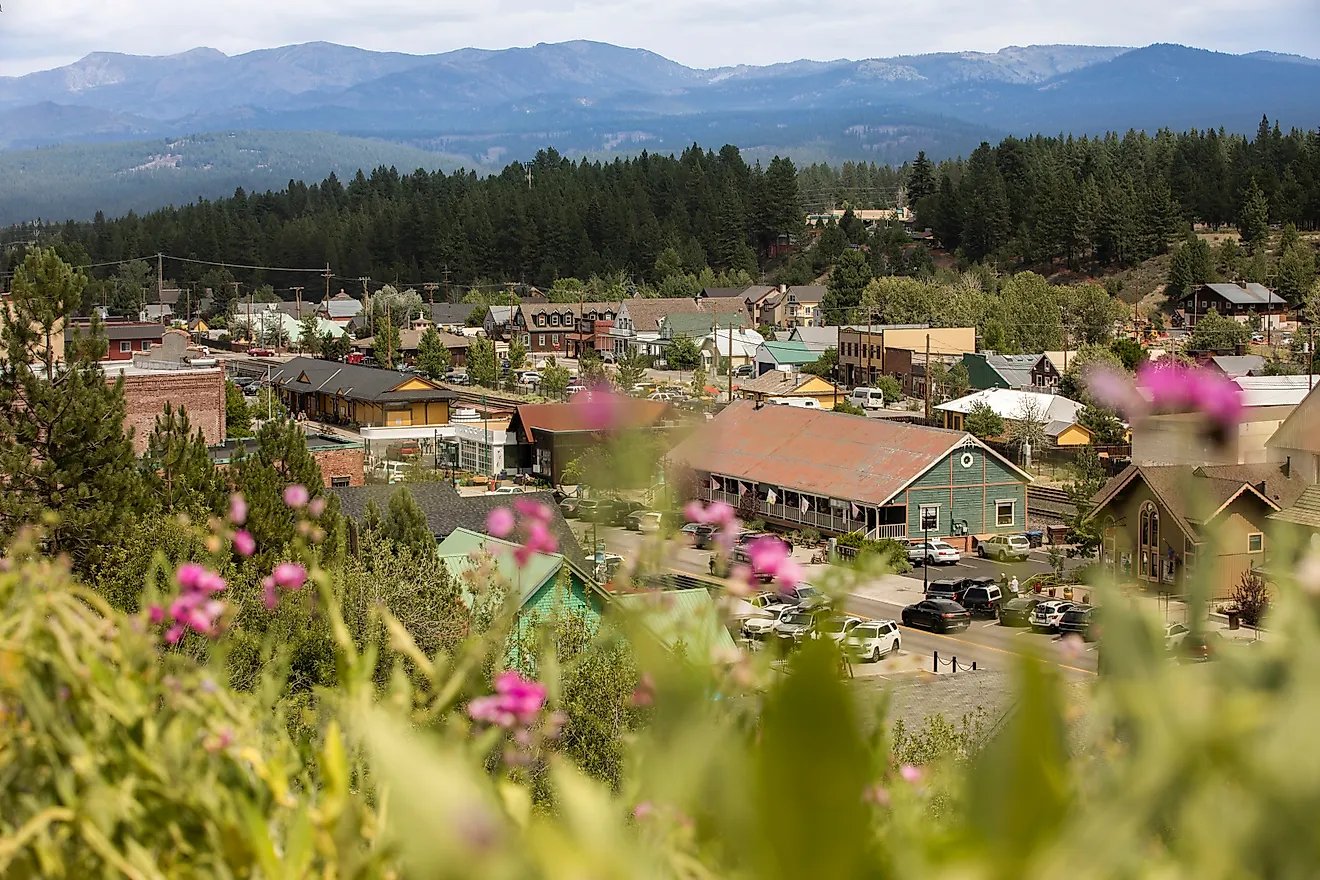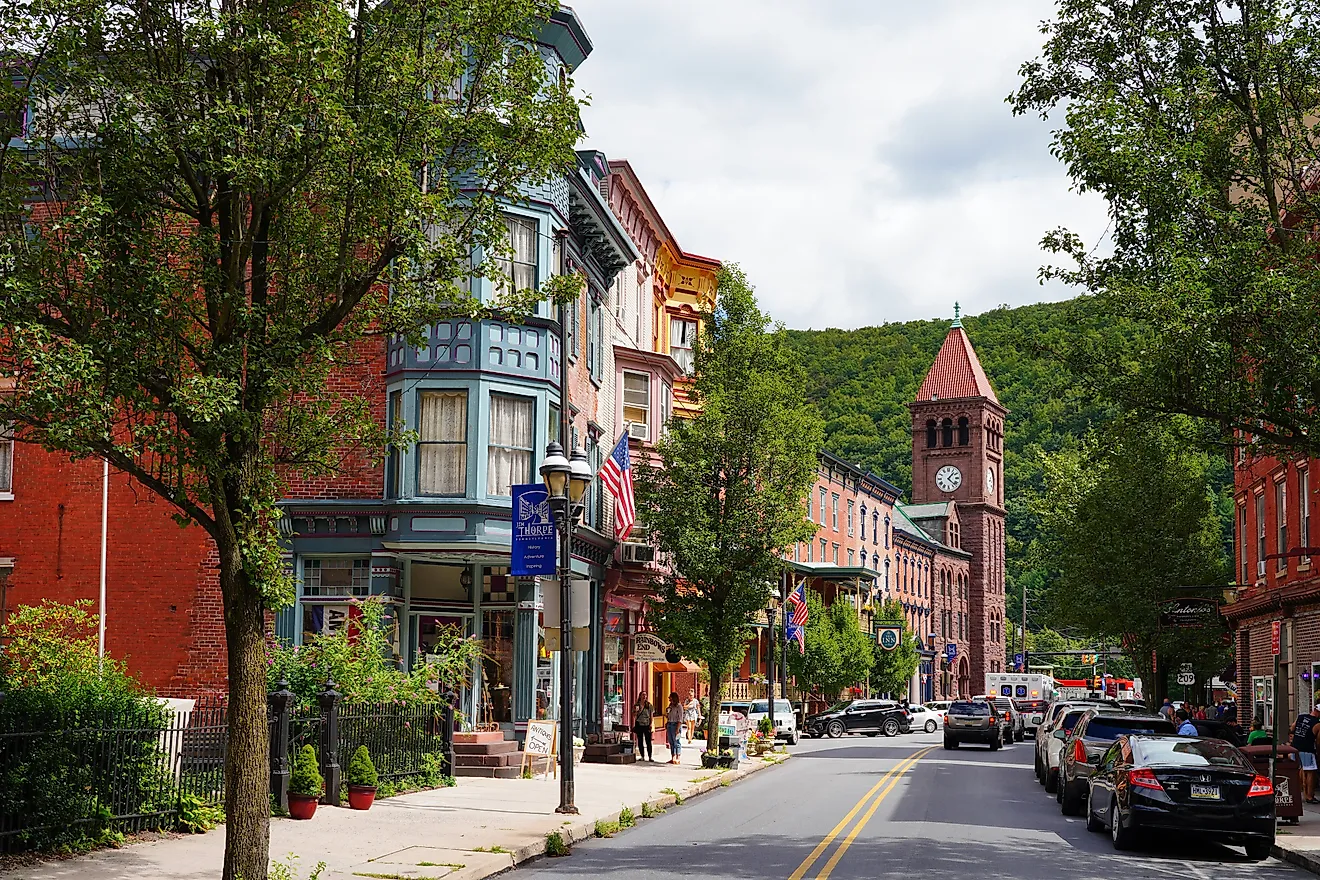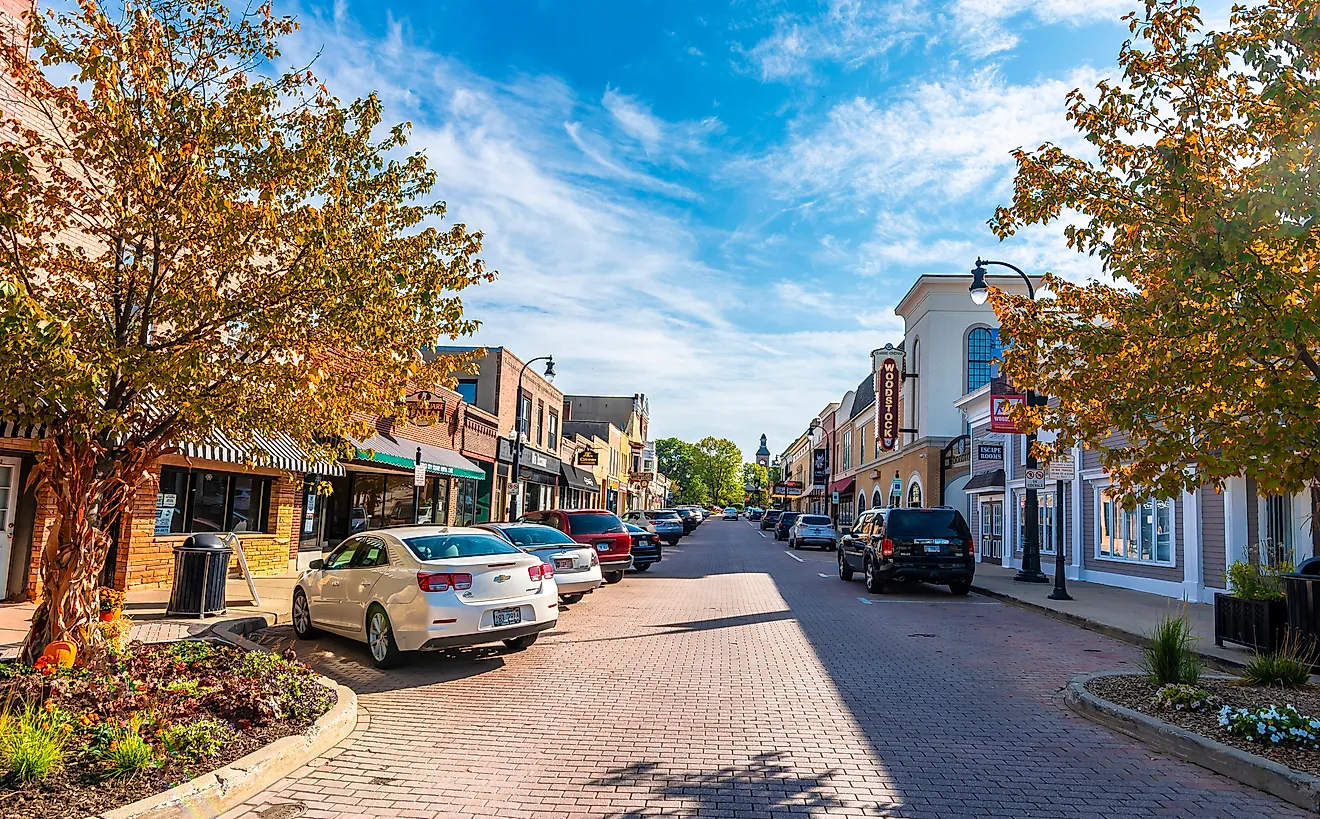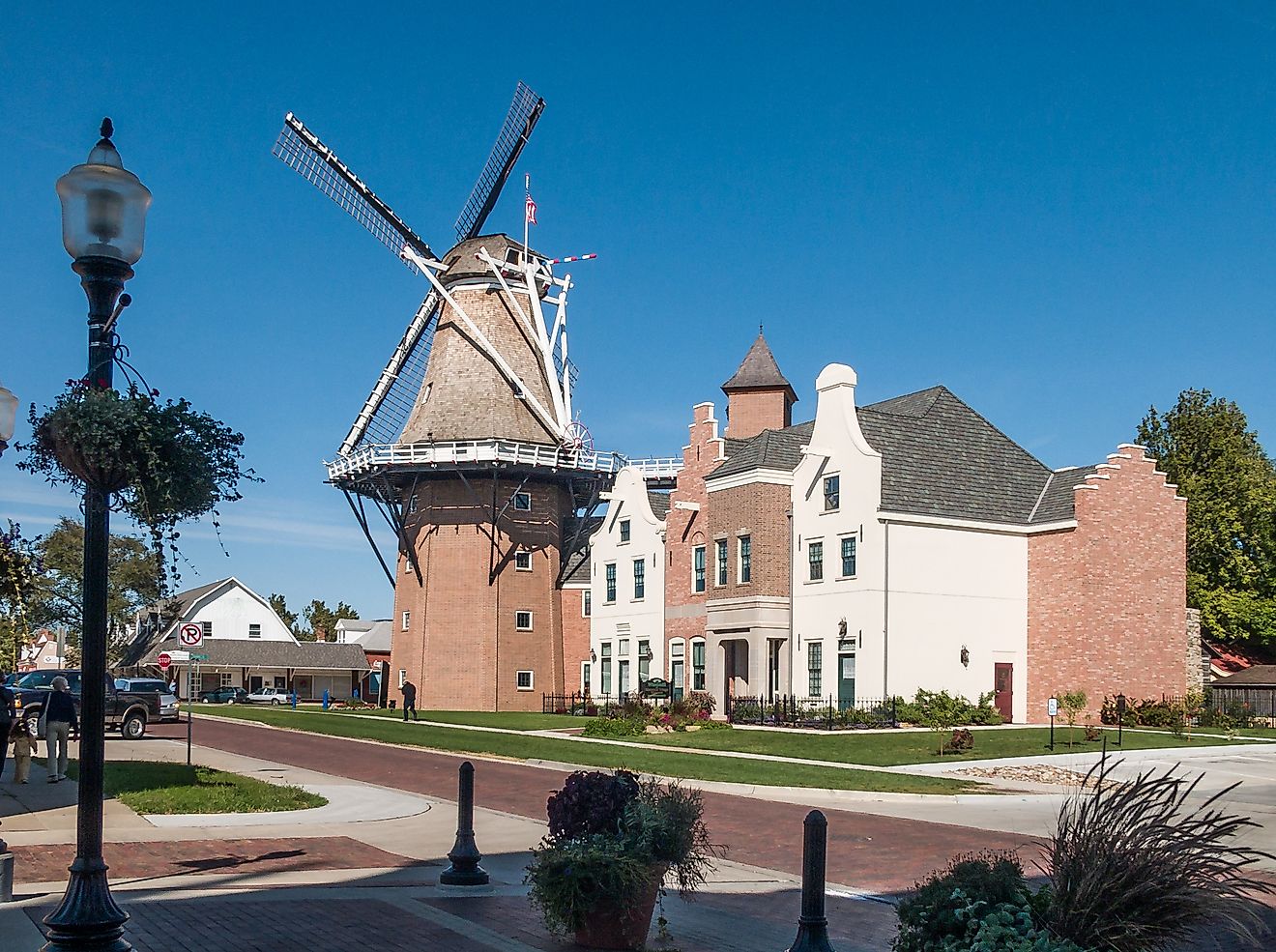Fort Edmonton Park: Canada's Largest Living History Museum
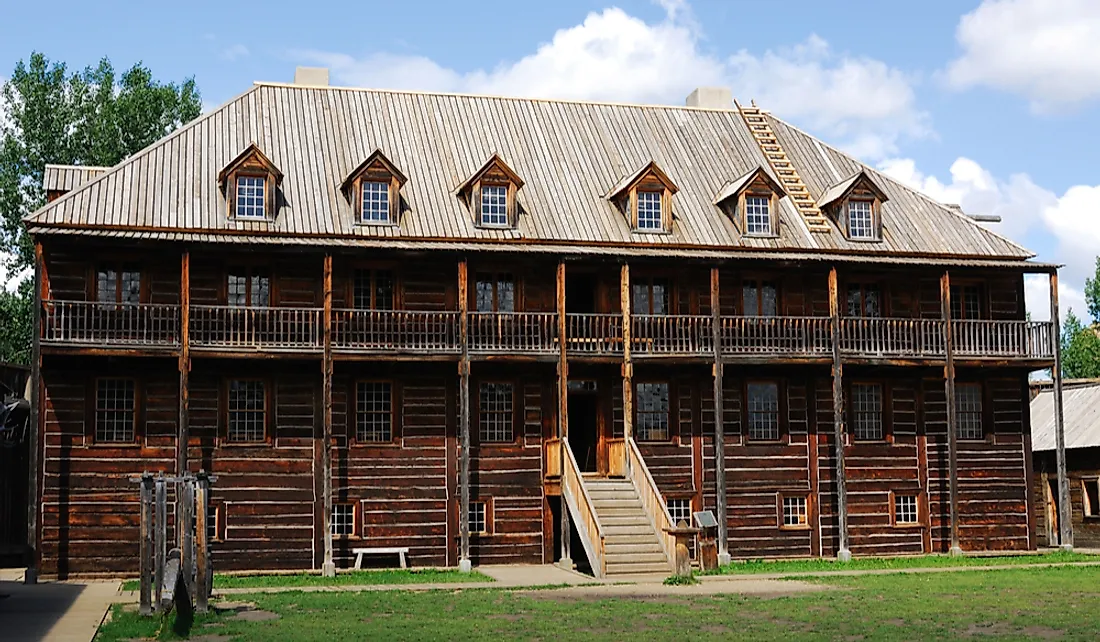
A museum is a place where a collection of artifacts and other objects of historical and scientific significance are conserved. Museums can either be private or public. Private museums are individually owned while public museums are mainly owned by the state and open to the public. There are different types of museums around the world including fine arts, archaeology, cultural history, military history, and living history museums among other types. A living history museum, commonly known as a living museum, is a type of museum that has recreated historical settings and events to provide visitors with an experiential interpretation of history. This type of museum fully recreates natural environment, culture, and historical periods. There are 34 living museums in Canada. While most of these museums still retain their original structures and appearance, some have been refurbished and facelifted with minor changes. The largest living history museum in Canada by area is the Fort Edmonton Park in Alberta.
Canada’s Largest Living History Museum
Fort Edmonton Park includes both the original and rebuilt historical structures that represent the history of the Edmonton area. Fort Edmonton Park always has a high number of costumed historians during the summer to assist a large number of people who visit the area. Costumed historians are the people who conduct tours, portray historical figures, interpret a space, and also conduct researches that assist in site interpretation. Fort Edmonton Park has four sections with each section representing an era. The sections are spread over 0.64 square kilometers. The fort of 1846 represents the first era while 1885, 1905, and 1920 Streets represents the second to fourth eras respectively. Visitors may access the Fort Edmonton Park using a steam train, horse-drawn carriages, or automobiles appropriate for each of the eras.
Location
The Fort Edmonton Park is nestled in the scenic river valley of Edmonton, Alberta. Edmonton is the capital of Alberta. The city is situated on the North Saskatchewan River and is the center of the Edmonton Metropolitan Region. It is the second-largest city in Alberta with a population of about 932,500 people. Edmonton is a governmental, educational, and cultural center. It hosts a number of festivals throughout the year and has been nicknamed “Canada’s Festival City.” It is home to the largest mall in North America (West Edmonton Mall). Fort Edmonton was established in 1795 on the north bank of Saskatchewan River. Fort Edmonton Park is situated in the river valley southwest of the city center.
Conception of the Fort Edmonton Park
The history of the establishment of the living museum in Edmonton dates back to 1915 when the remains of the old fort were torn down. However, the citizens of Edmonton who wished to see the old structures relocated elsewhere for their heritage values opposed the move to bring down the old fort. The construction of the park began in 1969 following the direction of the Fort Edmonton Foundation. The park was designed to present a cross-section of the history of the Edmonton area from its distant geological past to the then status, and even prophesy the future of the area. The fort became the first part of the park to open in 1974.
